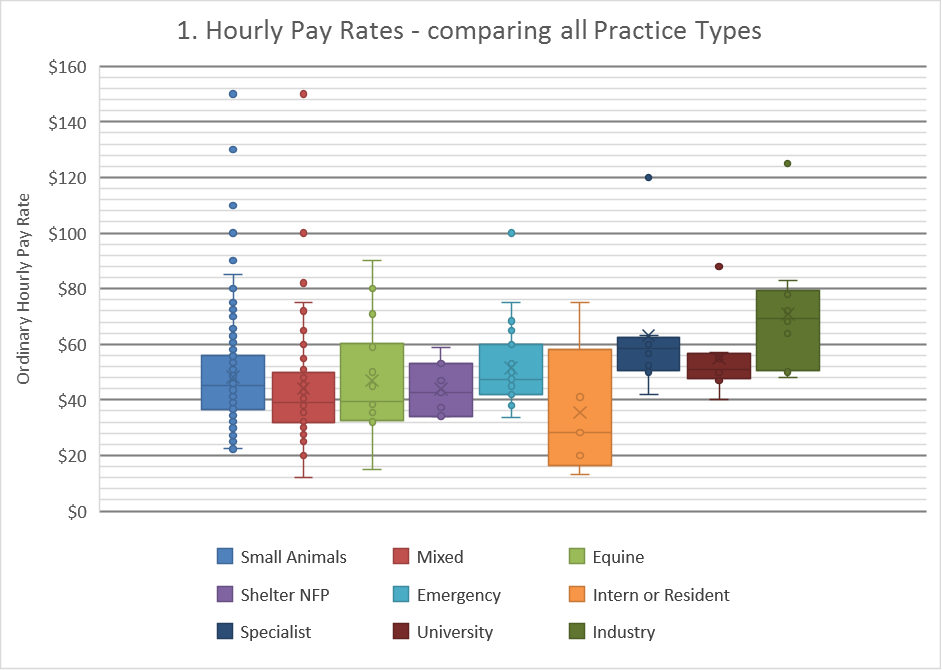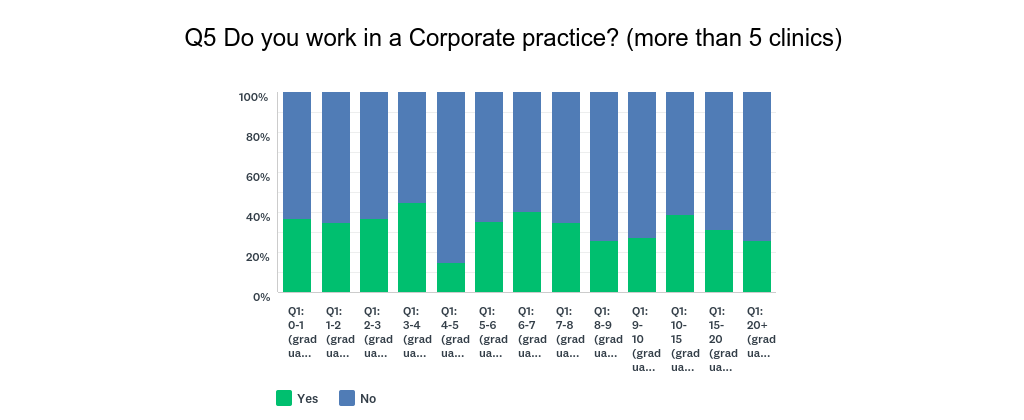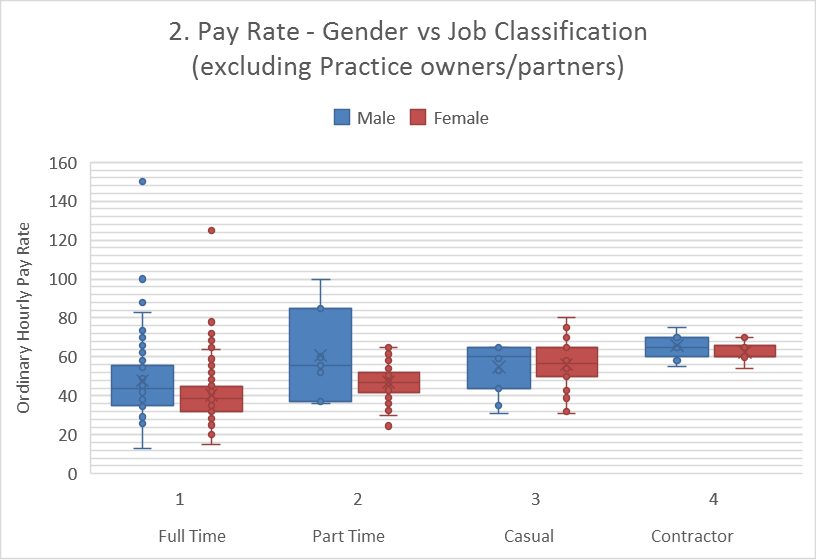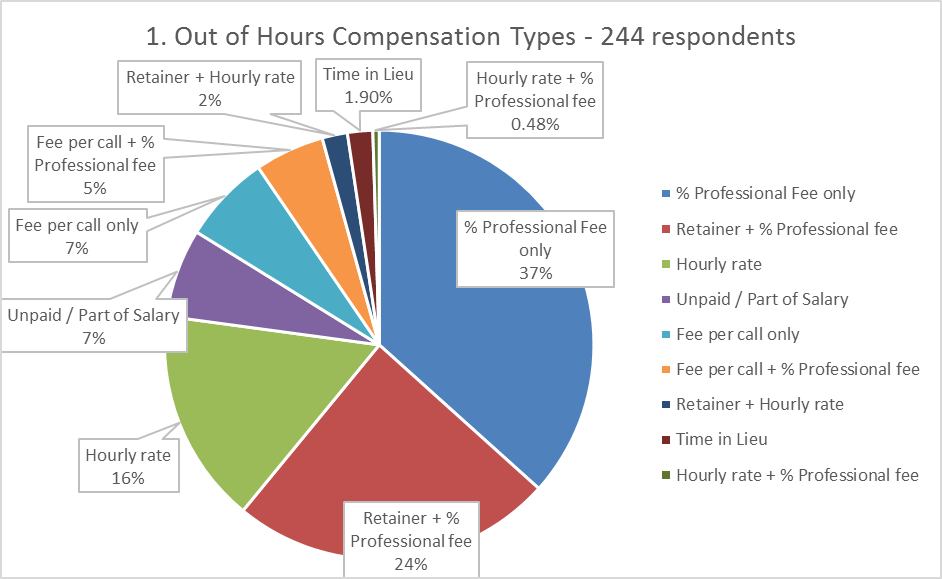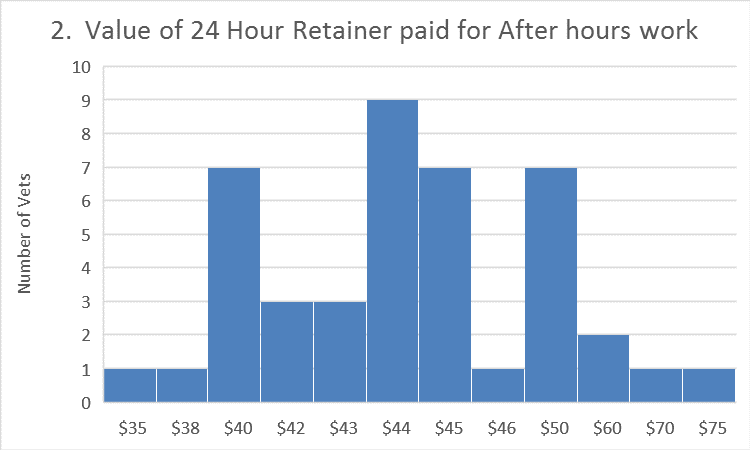Locum Vet Checklist for Employers
Comments Off on Locum Vet Checklist for EmployersEmploying a locum vet can happen in a rush – but there are several things that an Employer in Australia should check prior to the locum starting work. This article is based on the “10 Things to ask your Locum Vet” factsheet written by Kookaburra Veterinary Employment.
 1. Visa.
1. Visa.
An overseas vet should have a valid work Visa. It is an offence to employ someone without a valid work visa, so it’s the employer’s responsibility to check. Most overseas vets should have their passport with them or be able to provide details about their visa. See www.border.gov.au for more information. You can now check to see if a worker has work rights in Australia at www.border.gov.au/Busi/Visa – you should ask for consent to check the worker’s visa details first.
2. Tax File Number.
If a vet is going to be working for you as an employee, you will need their Tax File Number. See www.ato.gov.au for more information
3. ABN.
If a vet says that they are self employed, they should provide you with their ABN – Australian Business Number. See www.ato.gov.au for more information, or consult your accountant for individual information about the best way for your practice to pay locums. Some locums are employed as casual employees, some locums are engaged as independent contractors. It’s likely that either way, the clinic will have to pay superannuation under the Superannuation Guarantee. There are Calculators online on the ATO website that help you work out whether your locum is an employee or a contractor, and in either case whether you should be paying superannuation for them. Keeping a record of your use of these calculators can support your decision if necessary.
4. CV and References.
Locum vets should be able to provide contact details for 1 or more recent veterinary referees. Clinics should make sure that any locums introduced to them have the required experience for a particular locum job. Kookaburra Veterinary Employment can provide CVs for all locums listed on their register – these CVs are provided by the locum vets to Kookaburra, and Kookaburra doesn’t provide any warranty as to the accuracy of any CV. We recommend that clinics take up one or more references for a locum prior to booking them for any work.
5. Vet Board Registration.
Following mutual recognition implementation in many States, you can now search for a particular registered veterinarian on the Australasian Veterinary Boards Council website at www.avbc.asn.au and find the State that they have primary registration with. It is good practice for vets to use their board registration number after their signature when signing certificates etc. See www.avbc.asn.au for information about registration of overseas qualified veterinarians.
NB: In Western Australia there is the requirement for a veterinary surgeon who appoints a locum to give written notice to the WA Vet Surgeons’ Board of the name of the locum, and the period of the appointment before, or as soon as possible, after the appointment commences.
6. Professional Indemnity Insurance.
The practice insurer may cover all vets working at the practice, or the Locum vet may have their own PII. It’s a good idea to make sure that all your locums and employees have adequate cover. In South Australia this is a requirement for all vets registering with the SA Vet Board.
7. Workers Compensation.
The locum vet may or may not be covered by the Practice workers compensation scheme – check with your Insurer.
8. Medical Insurance.
The locum vet may have their own medical insurance or, if from overseas, may be covered by a reciprocal agreement with Medicare.
9. Other Professional Registration.
For example, some States require vets to be licensed to use Radiation equipment. Vets may also need to be registered or licensed to perform other duties such as microchipping, preg testing, certification for export etc.
10. Contract
Although practices and locums may not decide to formally enter into a contract, it could be a good idea to set down terms of employment and working conditions in writing prior to the start of the locum period. Things to consider include:
- Pay rate;
- after hours remuneration;
- days off;

- overtime;
- normal hours of work;
- type of payment arrangement and when the vet is to be paid;
- type of employment (casual employee, contractor);
- Superannuation;
- GST;
- Travel Costs;
- Professional registration costs;
- Responsibility for keys – for the clinic and for scheduled drugs
- Accommodation and responsibilities of the locum with respect to the accommodation and use of facilities if applicable (eg phone, internet, food in the pantry);
- provision of vehicle for work – and private use – and fuel costs;
- any provision for short term cancellation of the locum period by either party.
This list is by no means exhaustive. Contact the AVA HR Hotline for more information on 1300 788977 or email avahrhotline@whr.com.au (you must be an AVA member).
Author:
Wendy Nathan
Kookaburra Veterinary Employment
This information includes the views and opinions of Kookaburra Veterinary Employment and is of a general nature only. Factual information is believed to be correct at the time of writing, however, should not be relied upon and any person should confirm details with the relevant authorities and through their own research prior to acting on any of the suggestions in this article.



 Thank you to all the vets who participated in this year’s Salary Survey. There was a total of 595 respondents, compared to 336 in 2017.
Thank you to all the vets who participated in this year’s Salary Survey. There was a total of 595 respondents, compared to 336 in 2017.